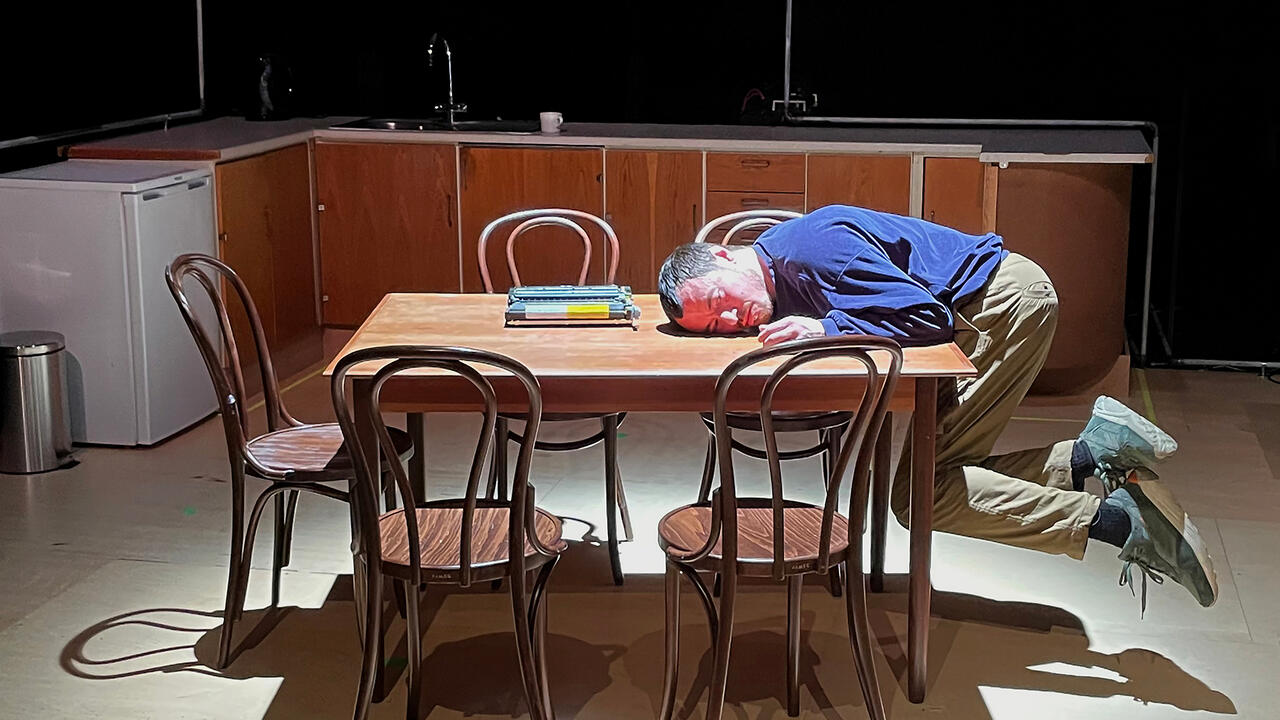Tetsumi Kudo's Sculptures of a Damaged World
A retrospective of the Japanese artist's work at Louisiana Museum, Humlebæk, sheds new light on his merging of the biological and the artificial
A retrospective of the Japanese artist's work at Louisiana Museum, Humlebæk, sheds new light on his merging of the biological and the artificial

In some ways, a revival of interest in Tetsumi Kudo’s work seems almost too perfectly timed to a period of rising climate anxiety: his sculptures from the 1960s and ’70s propose a new ecological system in which human and organic material merges with technological components. ‘Cultivation’ at the Louisiana Museum of Modern Art – a retrospective dedicated to the Japanese artist, who died in 1990 at the age of 55 – is an ambitious attempt to shed new light on Kudo’s terrifically odd works.
In Paradise (1980) – part of a series of diorama-like sculptures in brightly painted birdcages – artificial plants bloom among broken transistor radios, while three stationary hamster wheels are each populated by a cast-resin penis curved into the shape of a shrimp. Combining the organic and the machinic, Kudo suggests the simultaneity of a technologically advanced future, a pastoral past and an industrial present. This confused temporality is typical of Kudo’s art, marrying the biological and the artificial, the sexual and the decayed.

In the early 1960s, Kudo was involved in the neo-dada movement in Tokyo before relocating to Paris in 1962, where he lived for 25 years. But, despite his move to a centre of Western modernism, he remained antagonistic to the hubris of Western art and humanism. After working with the writer Eugène Ionesco on a film adaptation of his short story The Mire (1971), Kudo came to see the playwright as symbolic of an egotistical, self-centred ideology that separates humanity from nature. Subsequently, Ionesco’s rotting head became the centre of a number of Kudo’s sculptures. In Pollution – Cultivation – New Ecology (Portrait of Ionesco) (1970–71), one of the major works in the show, Ionesco’s grey and withered visage sprouts like a potted plant in a garish terrarium. The head is surrounded by plastic vegetation in various states of disrepair, some melted; in the foreground, a large pink and white phallus grows from a planter and oozes a cloudy liquid into the soil of the neighbouring plant.
The allegory seems clear enough: the individual genius is eroded by the impersonal processes of creation and destruction. The triumph of subjectivity and free will in Western humanism is illusory, inevitably decomposed by more powerful natural forces. Although Kudo’s ideals don’t cleanly map onto a specific theory, they resonate with philosophical tendencies advanced in works like Donna Haraway’s A Cyborg Manifesto (1985) or most recently in Anna Lowenhaupt Tsing’s The Mushroom at the End of the World (2019), that posit complex symbiotic systems as foundational to both life and ethics.

In a wall text, the curators claim that Kudo’s extensive use of phallic imagery – flaccid penises often resemble cocoons in his sculptures – is indicative of the artist’s belief in the ‘possibility for all of humanity to undergo radical change, or metamorphosis’. Such a reading, however, fails to acknowledge that, while the phalluses in Kudo’s work might represent evolution or virility, the fact they are repeated to the point of obsession redirects the loftiness of allegory into contingent fleshy corporeality.
If Kudo’s work evinces a utopian, egalitarian impulse, it’s an equality of decay. In his manifesto ‘Pollution – Cultivation – New Ecology’ (1972), he argues that humanism is the root cause of ‘slavery, colonialism, relations between the bourgeoisie and the proletariat, nationalism (racism), monopolistic enterprise, capitalism and war’. As a corrective, he proposes that humans be neutralized ‘by irradiating their bodies with radioactivity to reform their conservative and egotistical heads’. This vision is realized in sculptures such as Cultivation by Radioactivity in the Electronic Circuit (1968): bathed in green neon light, glowing human brains loom uselessly in a desolate landscape of transistors. It’s a fantastic, meticulous image of a damaged world stripped of the vanity that ruined it.
Tetsumi Kudo, ‘Cultivation’, runs at the Louisiana Museum of Modern Art, Humlebæk, Denmark, until 10 January 2021.
Main image: Tetsumi Kudo, Pollution – Cultivation – New Ecology (Portrait of Ionecso), 1971, mixed media. Courtesy: © Tetsumi Kudo, Louisiana Museum of Modern Art, Humlebæk, and Adagp, Paris 2020/VISDA
























